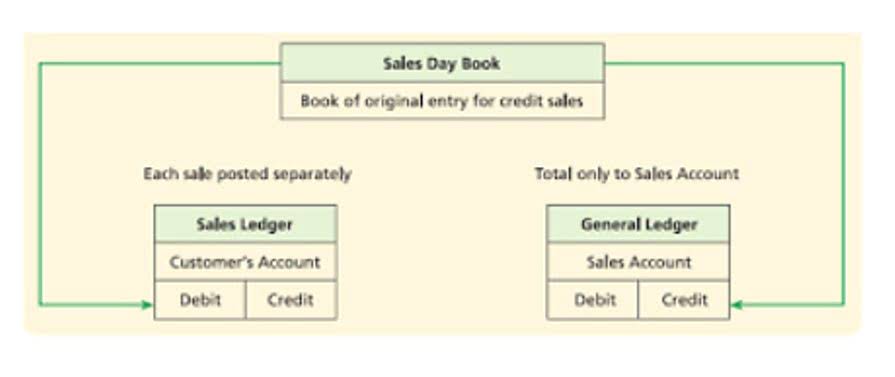Gross Margin: Definition, Example, Formula, and How to Calculate
So, a good net profit margin to aim for as a business owner or manager is highly dependent on your specific industry. It’s important to keep an eye on your competitors and compare your net profit margins accordingly. Additionally, it’s important to review your own business’s year-to-year profit margins to ensure that you are on solid financial footing. New York University analyzed a variety of industries with net profit margins ranging anywhere from about -29% to as high as 33%.
Factors Affecting Gross Profit Margin
Gross margin ratio compares the costs to make a product with the gross revenues of sales from that product. The two figures that are needed to calculate the gross profit ratio are the net sales and the gross profit. Events like natural disasters, geopolitical issues, or global pandemics can disrupt supply chains, leading to increased costs. A resilient supply chain is crucial, but unexpected disruptions can still challenge gross margins.
About The Motley Fool
The two metrics necessary to calculate the gross margin—the gross profit and net revenue—are each recognized on the GAAP-based income statement. First, subtract the COGS from a company’s net sales, which is its gross revenues minus returns, allowances, and discounts. Then, divide this figure by net sales gross margin accounting to calculate the gross profit margin as a percentage. For example, a legal service company reports a high gross margin ratio because it operates in a service industry with low production costs. In contrast, the ratio will be lower for a car manufacturing company because of high production costs.
- By cutting down on unnecessary expenses, like paying for personal credit cards, businesses can increase the company gross and overall profitability.
- Determining gross margin is an easy and straightforward way to understand the core elements of a business.
- The gross profit ratio is important because it shows management and investors how profitable the core business activities are without taking into consideration the indirect costs.
- The higher the gross profit margin, the more money a business has left over to pay for operating and administrative expenses.
- This is the pure profit from the sale of inventory that can go to paying operating expenses.
- The overall product mix can influence the gross margin if a company sells multiple products with different production costs and selling prices.
- Finding new customers and marketing your goods or services to them consumes time and is expensive.
The gross profit margin formula
If you combine your company’s revenue growth rate and profit margin, you should get at least 40%. Businesses that equal or exceed this percentage are growing at a healthy rate, while those below 40% may face cash flow or liquidity issues. It’s something most investors use before they decide to put their money into a startup. Another rule you may want to utilize for the first five years of operation is the T2D3 approach.
Additionally, you can use gross margin alongside other metrics, such as net margin or even operating margin, for a more comprehensive financial overview. The gross margin is an important and widely used financial analysis ratio. The best way to assess a company’s gross margin number is to conduct a long-term analysis of trends, comparing the company to itself, or to compare it to peers and the sector average. Based on PG’s most recent quarterly gross profit of 47.38%, it has an excellent gross profit relative to its sector. The best way to interpret a company’s gross margin is to analyze the trends over time and compare the number to the industry and peers. While the gross margin only accounts for a company’s COGS, the net margin accounts for COGS plus all indirect, interest, and tax expenses.
Gross Profit Ratio Formula
- Gross margin differs from other metrics like net profit margin because it exclusively considers the costs directly tied to production.
- By dividing operating profit by revenue, this mid-level profitability margin reflects the percentage of each dollar that remains after payment for all expenses necessary to keep the business running.
- The two metrics necessary to calculate the gross margin—the gross profit and net revenue—are each recognized on the GAAP-based income statement.
- If COGS rises disproportionately compared to revenue, it can squeeze the gross margin, signaling inefficiencies in the production or service delivery process.
- Finally, compare your gross profit margins against your direct competitors.
Excluded from this figure are, among other things, any expenses for debt, taxes, operating, or overhead costs, and one-time expenditures such as equipment purchases. The gross profit margin compares gross profit to total revenue, reflecting the percentage of each revenue dollar that is retained as profit after paying for the cost of production. Notably, high gross profit margins do not always equal high net margins.
Both the total sales and cost of goods sold are found on the income statement. Occasionally, COGS is broken down into smaller categories of costs like materials and labor. This equation looks at the pure dollar amount of GP for the company, but many times it’s helpful to calculate the gross profit rate or margin as a percentage. The gross profit margin ratio analysis is a financial health indicator for a firm. It informs investors how much gross profit a firm earns for every dollar of revenue. For example, a smaller margin compared to the industry average might suggest that a firm is underpricing.
Financial reporting
To calculate gross margin, here are the gross margin formula to follow and an example scenario that will make it easier for you to understand the concept. Gross profit margin is a vital metric that quantifies the proportion of total revenue that exceeds the cost of goods sold (COGS). However, multiple factors can impact this figure, both internally and externally. The gross margin and the net margin, or net profit margin, are frequently used in tandem to provide a comprehensive look at a company’s financial health. This shows the company is improving its profitability and efficiency, retaining more money per each dollar of revenue generated.
Formula and Calculation of Gross Profit Margin
But it does not account for important financial considerations like administration and personnel costs, which are included in the operating margin calculation. It’s helpful for measuring how changes in the cost of goods can impact a company’s profits. Changes in gross profit margin are used to analyze trends in profitability and the cost of inputs.






